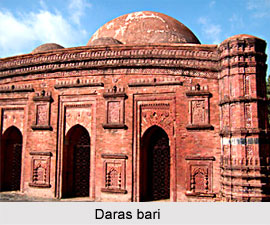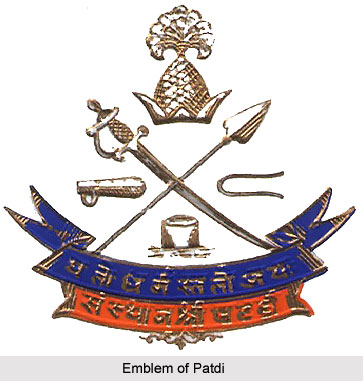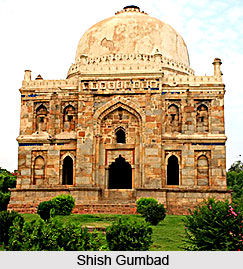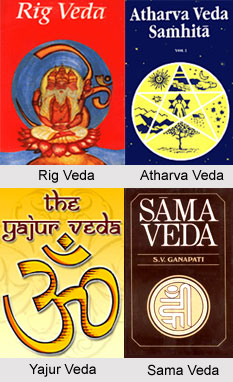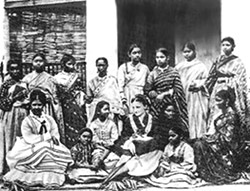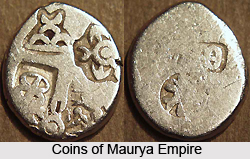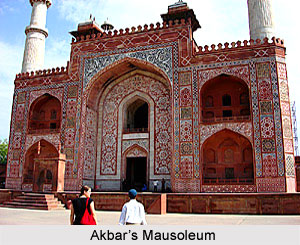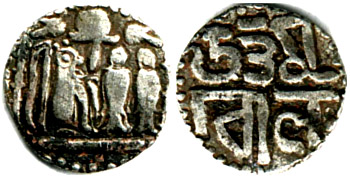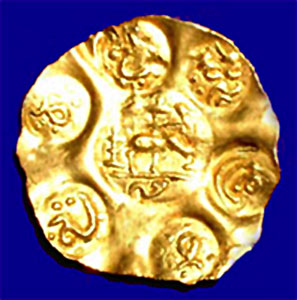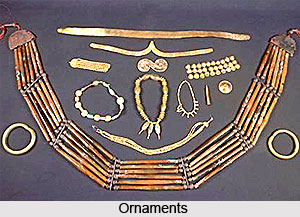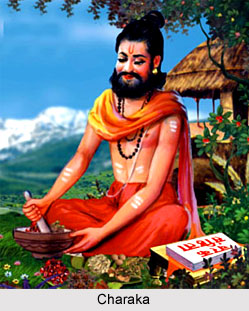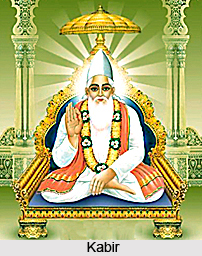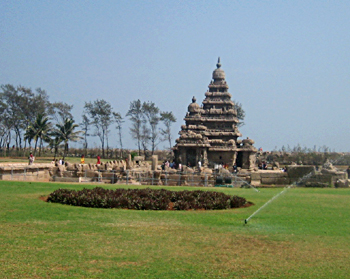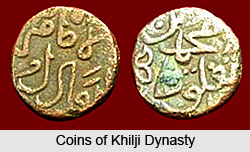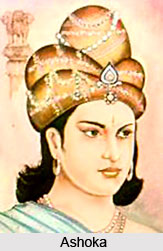The Instrument of Accession of Jammu and Kashmir is a legal document which was executed on 26th October 1947, by Hari Singh, ruler or Maharaja of the princely state of Jammu and Kashmir. Maharaja Hari Singh agreed to accede his state to the Dominion of India by executing this officially authorized document under the provisions of the Indian Independence Act 1947. The control of Jammu and Kashmir was given to the government of India through the Instrument of Accession of Jammu and Kashmir. Governor General of India Lord Mountbatten accepted the accession of Jammu and Kashmir on 27th October 1947, in a letter sent to Maharaja Hari Singh of the princely state of Jammu and Kashmir.
In the letter, Lord Mountbatten remarked that the British Government desired that with the restoration of law and order law and order and with the elimination of invaders, the issue of the accession of the state should be finalised by a reference to the people. Further more the Indian Government offered to conduct a direct vote in which an entire electorate would be required to either accept or reject the proposal of the accession of Kashmir to India. The remark of Lord Mountbatten and the offer of the Indian Government to conduct a referendum or plebiscite, which would to resolve the future condition of Kashmir, created a dispute between the two newly formed countries of India and Pakistan regarding the authority and legality of Kashmir`s accession to India. According to the Government of India the accession of Kashmir was absolute and final, where as the Pakistan government claims that the accession of Kashmir to India was fraudulent.
The preamble of the Instrument of Accession of Jammu and Kashmir mentions that while the Indian Independence Act 1947 provides that as from the 15th day of August, 1947, there shall be set up an Independent Dominion known as India and that the Government of India Act 1935 shall be applicable to the Dominion of India, with such omission, additions, adaptations and modifications as the governor general may by order specify. The Government of India Act 1935 provides that an Indian State may accede to the Dominion of India by an Instrument of Accession executed by the Ruler thereof. Maharaja Hari Singh of Jammu and Kashmir, by exercising his sovereignty over the state, executed the Instrument of Accession of Jammu and Kashmir and declared the accession of the former princely state to the Dominion of India.
The accession of Jammu and Kashmir to India is held on October 26 every year, which is celebrated as Accession Day.


